





Oscommerce to Shopify
Migrating your store from Oscommerce to Shopify might seem daunting, but with proper planning and the right tools, it's a smooth process. Follow this step-by-step guide to ensure a successful transition.
Schedule a call
Step-by-Step Migration Guide: osCommerce to Shopify migration guide
Step 1: Prepare Your osCommerce Store for Migration
Before initiating the migration process, it's crucial to prepare your osCommerce store by auditing your existing data and deciding what information needs to be migrated to Shopify.
Step 2: Set Up Your Shopify Store
Creating and setting up your new Shopify store is essential before initiating the import of data from osCommerce.
Step 3: Import Your Data from osCommerce to Shopify
The data import process is pivotal to the migration, involving transferring products, customers, and orders from osCommerce to Shopify.
Step 4: Configure Your Shopify Store Settings
After importing data, it's crucial to fine-tune your Shopify store settings to optimize functionality and user experience.
Step 5: Set Up Payment and Shipping Options
Setting up payment gateways and shipping options is essential for operational efficiency and enhancing customer satisfaction.
Step 6: Launch Your Shopify Store
With everything set up and tested, it's time to launch your new Shopify store and make it live for customers.
Step 7: Post-Launch Review and Optimization
Following your store's launch, it's important to conduct a post-launch review and optimize based on performance metrics.
Power Your Step - Get in Touch
Ready to migrate your store seamlessly? Contact PowerCommerce today for expert support and guidance!
Step 1: Prepare Your osCommerce Store for Migration
In this first step, we emphasize the importance of adequately preparing your osCommerce store for a seamless migration to Shopify. This preparation phase is crucial as it sets the foundation for a successful transition, ensuring that only relevant and useful data is transferred. We recommend conducting a thorough audit of your existing data, which includes products, categories, customers, and orders.
The goal is to identify outdated or irrelevant information that should not be migrated. This can help streamline your new Shopify store, enhance performance, and avoid clutter. Begin by performing the following actions:
- Data Audit: Review all products, categories, and customer information. Make note of any products that are discontinued or outdated and decide whether to remove them from the migration.
- Backup Data: Before making any changes, ensure you have a complete backup of your osCommerce database. This serves as a safety net in case of any issues during the migration.
- Organize Product Information: Decide which product details are necessary for migration, including names, SKUs, descriptions, prices, and images.
- Export Data: Use the osCommerce export tools to create CSV files of your products, categories, customers, and orders. This data will serve as the basis for your Shopify store.
By taking these steps to prepare your osCommerce store, we can ensure a more efficient and organized migration process, minimizing potential issues when moving to Shopify.
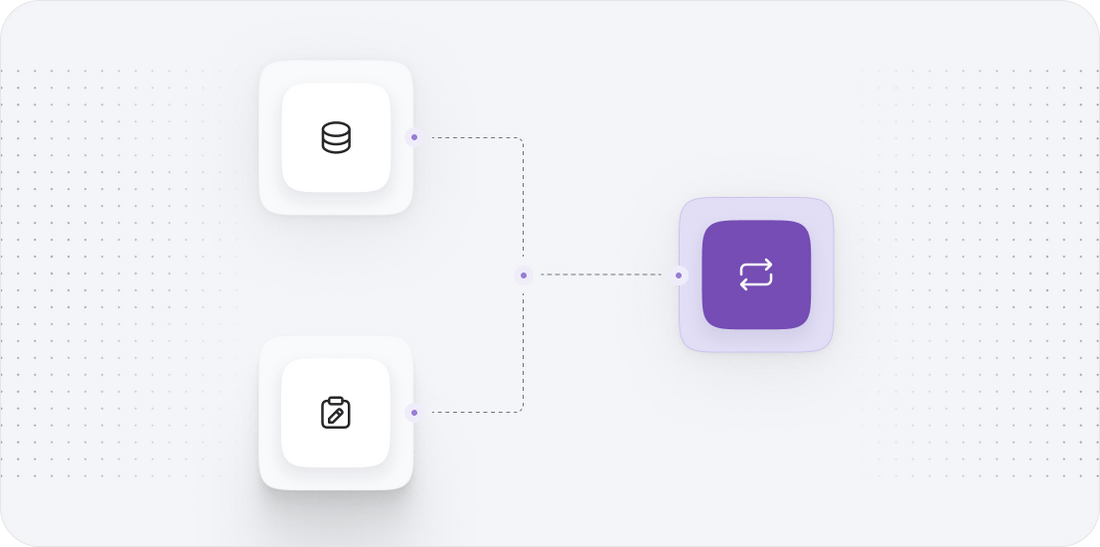
Step 2: Set Up Your Shopify Store
With your osCommerce data prepared, the next step involves setting up your Shopify store. This process is straightforward and user-friendly, allowing you to establish a solid foundation for your new online presence. Begin by signing up for a Shopify account and selecting a suitable plan based on your business needs.
Once your account is created, proceed with the following steps:
- Store Configuration: Navigate to the Shopify admin panel. Here, you can configure essential settings such as store name, address, and currency. Setting these parameters correctly is critical for smooth operations.
- Select a Theme: Choose an attractive theme for your store that aligns with your brand. Shopify offers a variety of free and paid themes, which you can customize to fit your aesthetic.
- Set Up Payment Methods: Configure payment gateways that you plan to use. Shopify supports various payment processors, including Shopify Payments, PayPal, and others. Ensure you set up your payment options to cater to your customers' preferences.
- Configure Shipping Options: Set up your shipping methods, including rates and zones. Shopify provides tools to manage shipping efficiently, enabling you to offer your customers multiple delivery options.
Completing these initial configurations in Shopify will create a solid groundwork for importing your data from osCommerce and ensure a seamless transition for your online business.
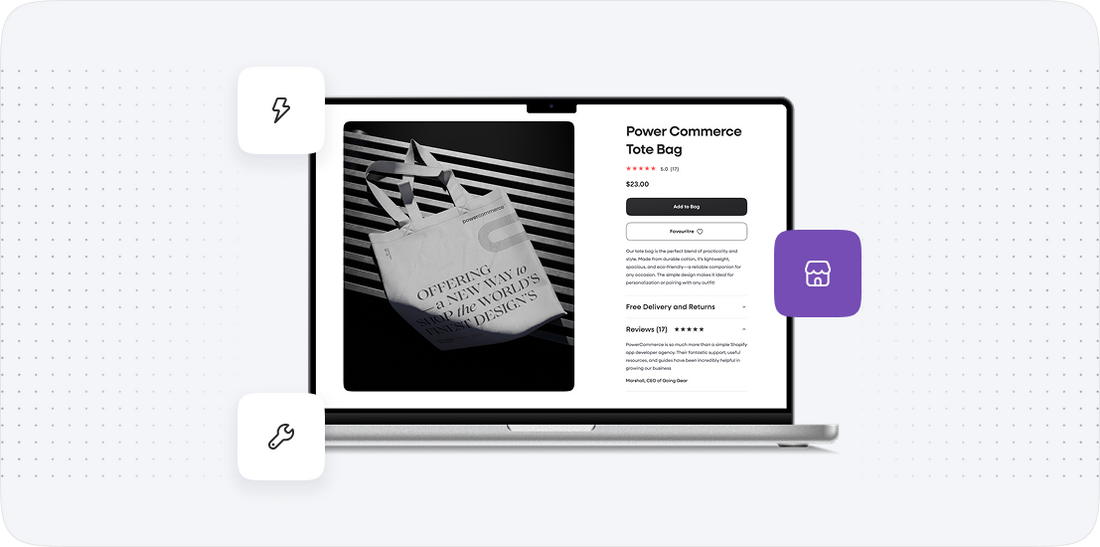
Step 3: Import Your Data from osCommerce to Shopify
Now that your Shopify store is set up, it’s time to import the data from your osCommerce store. This step is crucial as it involves transferring all relevant information that you previously exported, including products, customers, and orders. We recommend using Shopify’s built-in import tools or third-party applications for a more comprehensive migration, depending on your needs.
Follow these steps for a successful data import:
- Access the Import Tool: In the Shopify admin panel, navigate to Apps and select Import from another platform. Choose osCommerce as your source platform.
- Upload CSV Files: Upload the CSV files you exported from osCommerce. Ensure that the files are correctly formatted to match Shopify's requirements. This includes ensuring that product images are properly linked and accessible.
- Map Your Data: Use Shopify’s mapping tool to align fields from your osCommerce CSV with those in Shopify. This step is crucial to ensure that all data points are correctly imported into the corresponding Shopify fields.
- Run the Import: Once mapping is complete, initiate the import process. Depending on the amount of data, this process may take some time. Monitor the progress and address any errors that may arise during the import.
- Verify Data Accuracy: After the import is complete, review your Shopify store to ensure that all products, customer information, and orders have been transferred accurately. Check for missing images or incorrect field mappings.
By carefully managing the data import process, we can ensure that your Shopify store is populated with all necessary information, setting the stage for a successful launch.
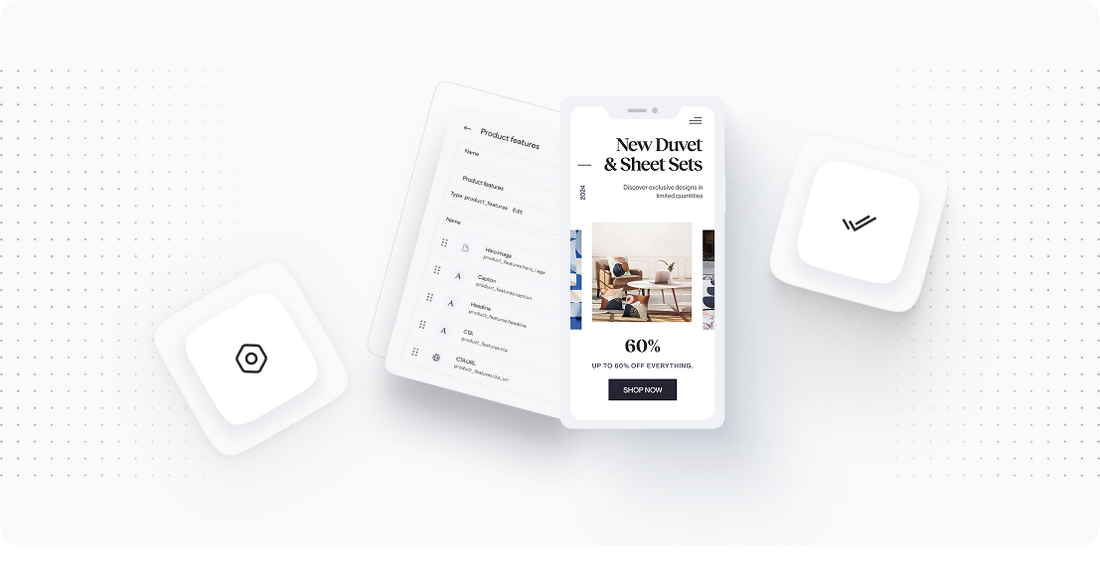
Step 4: Configure Your Shopify Store Settings
Once the data has been successfully imported, the next step is to configure your Shopify store settings to optimize functionality and enhance the user experience. This involves adjusting various settings that affect how your store operates and how customers interact with it.
Begin with the following configuration tasks:
- Review Your Product Listings: Go through your product listings to ensure that all information, including descriptions, prices, and images, are correct and aligned with your branding. Make necessary adjustments to improve product presentation.
- Set Up Tax Settings: Configure your tax settings according to your local regulations. Shopify allows you to set tax rates based on locations, making it essential to ensure compliance with tax laws.
- Customize Checkout Settings: Tailor the checkout experience to suit your brand. This may include adding your logo, customizing checkout fields, and enabling customer accounts to enhance user experience.
- SEO Optimization: Optimize your store for search engines by updating meta titles, descriptions, and URLs for your products and collections. This will help improve your store's visibility in search engine results.
- Test Your Store: Before going live, it's essential to conduct thorough testing of your store. This includes placing test orders, checking payment processing, and ensuring that the checkout process functions smoothly.
These configurations are vital in ensuring that your Shopify store operates efficiently and meets customer expectations, paving the way for a successful launch.
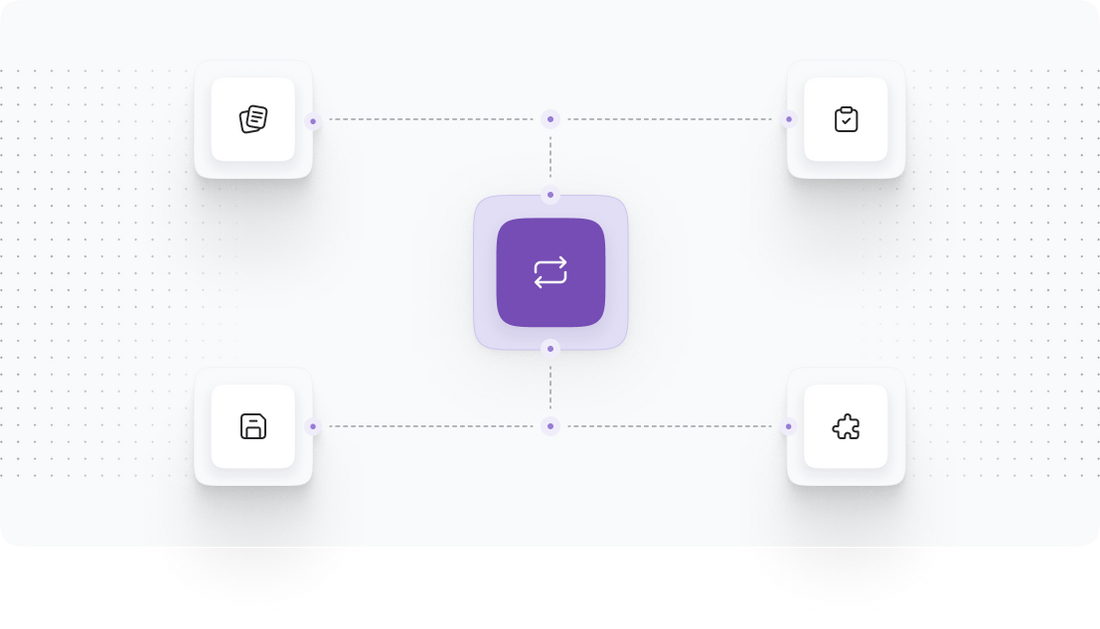
Step 5: Set Up Payment and Shipping Options
In this step, we will focus on establishing effective payment and shipping options for your Shopify store. These configurations are essential as they directly impact the customer experience and can influence conversion rates.
To set up payment and shipping options, follow these steps:
- Payment Gateways: Navigate to the Settings section in your Shopify admin panel, and select Payments. Choose from Shopify Payments or select third-party payment processors such as PayPal, Stripe, or others. Ensure that you configure each payment processor according to their requirements.
- Shipping Settings: Under Settings, select Shipping and Delivery. Set up shipping zones and rates based on your target markets. Shopify allows for various shipping methods, including flat rate, calculated rates, and free shipping options.
- Local Delivery and Pickup: If applicable, configure local delivery or in-store pickup options. This can enhance customer convenience and improve satisfaction.
- Test Payment Processing: Perform a series of test transactions to ensure that payment processing is functioning correctly. Verify that customers receive confirmation emails and that funds are processed accurately.
By effectively setting up payment and shipping options, we can facilitate a smooth purchasing experience for your customers, ultimately driving sales and enhancing customer loyalty.
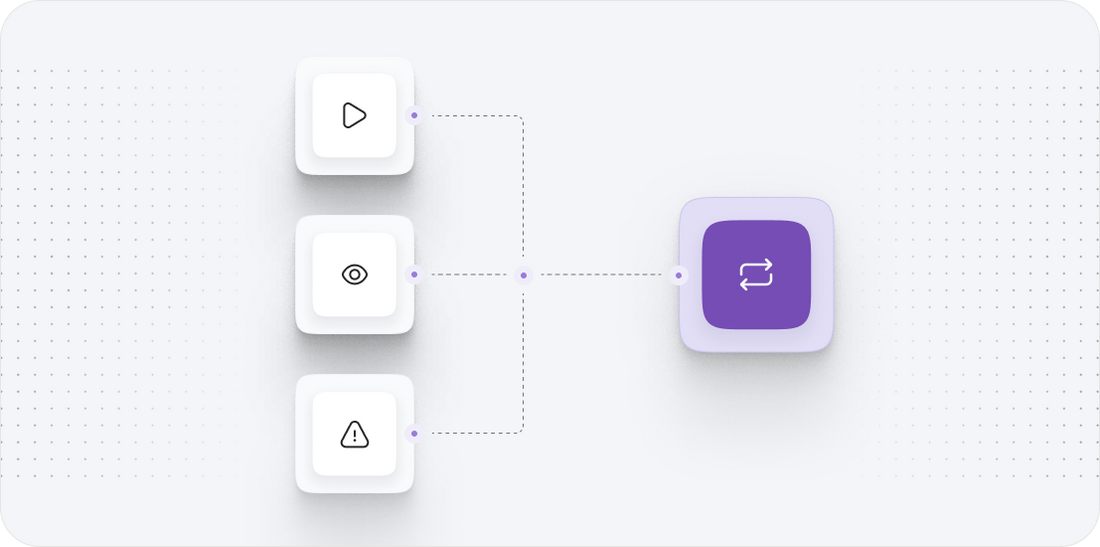
Step 6: Launch Your Shopify Store
The moment you’ve been working towards has finally arrived--launching your new Shopify store! This step is critical as it marks the transition from preparation to going live, allowing your customers to start shopping at your new online destination.
Before launching, ensure that you complete the following tasks:
- Final Pre-Launch Checklist: Review your store for any last-minute adjustments. Check your product listings, payment options, and shipping settings one more time to ensure everything is in order.
- Enable Your Domain: If you have a custom domain, connect it to your Shopify store. This will provide a professional appearance and make it easier for customers to find your store.
- Announce Your Launch: Utilize your existing customer base through email newsletters, social media, and other marketing channels to announce your store's launch. Create buzz and excitement around your new online presence.
- Monitor Performance: After launching, closely monitor your store’s performance. Pay attention to traffic, sales, and customer feedback. This will help identify any areas that may need immediate attention.
- Be Prepared for Customer Support: Ensure you have your customer support systems in place. Be ready to handle inquiries about products, orders, and any technical issues that may arise.
By launching your Shopify store effectively, we can create a positive first impression for customers, encouraging them to engage and shop with your brand.
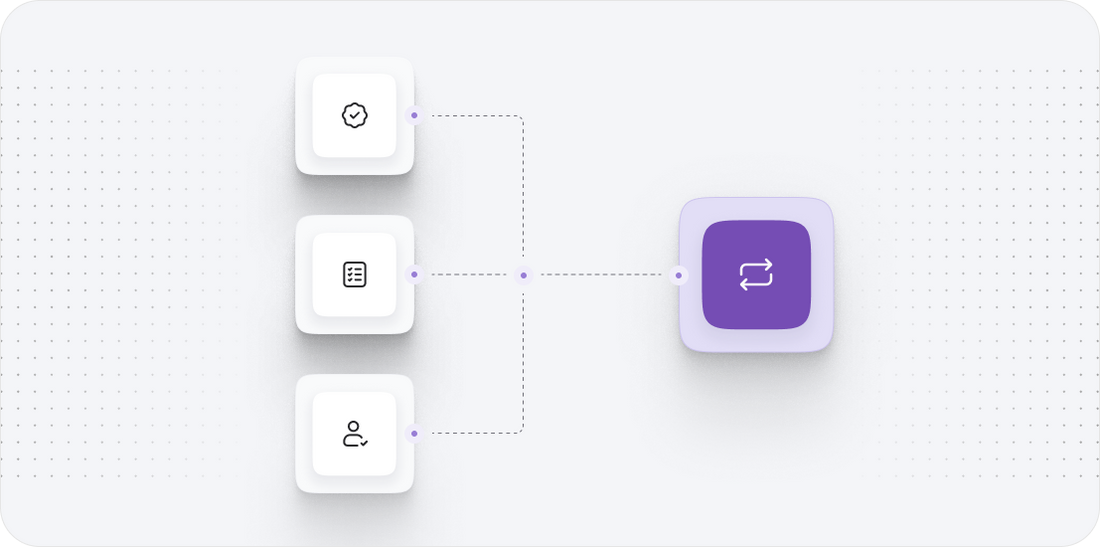
Step 7: Post-Launch Review and Optimization
After launching your Shopify store, the next step is to conduct a thorough post-launch review. This phase is vital for assessing the initial performance and making any necessary adjustments to optimize your store for success.
Consider the following actions during your post-launch review:
- Analyze Performance Metrics: Use Shopify’s analytics tools to review key performance metrics such as traffic, conversion rates, and customer behavior. Identify trends and patterns that can inform your marketing strategies.
- Gather Customer Feedback: Encourage customers to provide feedback on their shopping experience. This can help you identify areas for improvement and enhance customer satisfaction.
- Optimize SEO: Continue to work on SEO strategies to improve your store's visibility in search engines. Consider creating blog content that aligns with your products to drive organic traffic.
- Adjust Marketing Strategies: Based on your performance data, refine your marketing strategies. Implement targeted campaigns to reach specific customer segments and improve ROI.
- Plan for Future Growth: Start thinking about future growth strategies, such as expanding your product range or exploring new marketing channels. Keep an eye on industry trends and customer preferences to stay ahead.
By conducting a post-launch review and actively optimizing your Shopify store, we can ensure that your online business continues to grow and thrive in a competitive market.
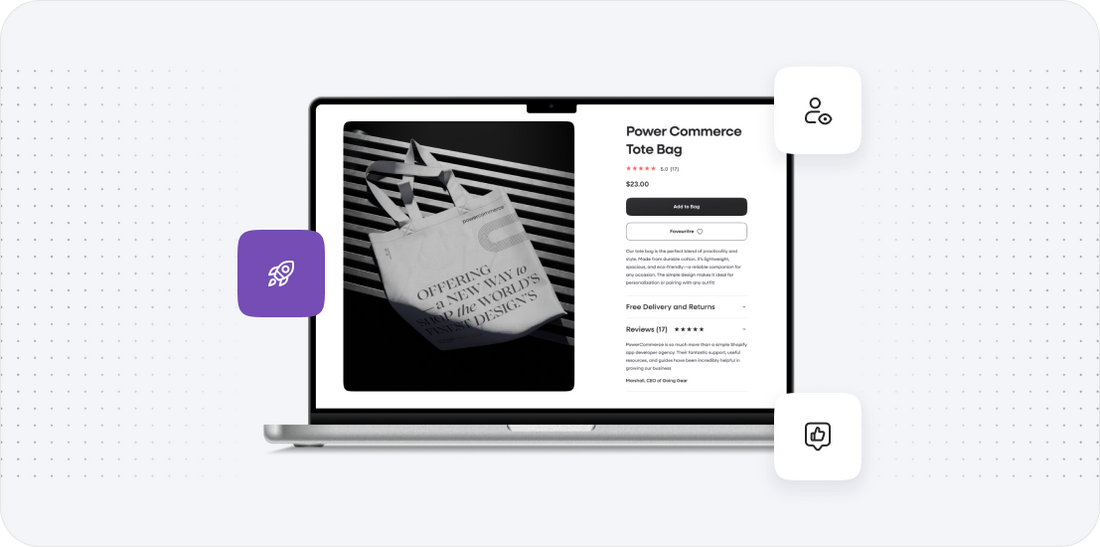
Power Your Step - Get in Touch
At PowerCommerce, we understand that migrating your online store is a significant step, and we're here to help you every step of the way. Our expertise in managing eCommerce migrations ensures that your transition from osCommerce to Shopify is smooth, efficient, and tailored to your specific needs.
Why choose us? We bring over 15 years of industry experience and a customer-centric approach to every project. Our commitment to integrity, innovation, and data-driven decision-making guarantees that your migration will not only be seamless but also enhance your store's performance and conversion rates.
Contact us today:
- Visit our contact page to fill out our inquiry form.
- Call us directly at 800-099-9090 for immediate assistance.
- Email us at info@powercommerce.com for more information about our services.
Don’t hesitate--let us power your eCommerce success and take your store to the next level!
Stay aligned on what's happening in the commerce world
Trusted by 1000+ innovative companies worldwide
Schedule Your Migration Today
For businesses prioritizing simplicity, scalability, and robust support, Shopify is the clear winner.
Looking to migrate without hassle? Power Commerce can handle the entire process, ensuring smooth data transfer, store setup, and post-launch success.
Marka Marulića 2, Sarajevo, 71000 BiH
00387 60 345 5801
info@powercommerce.com


